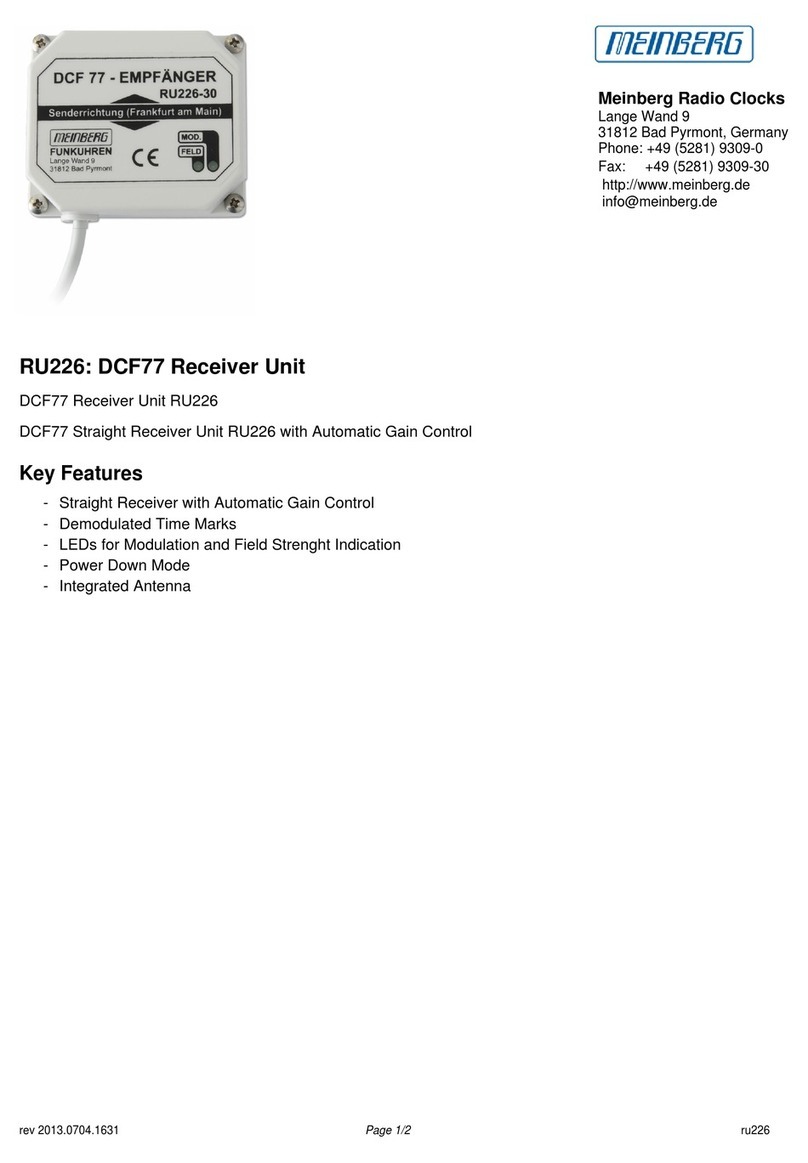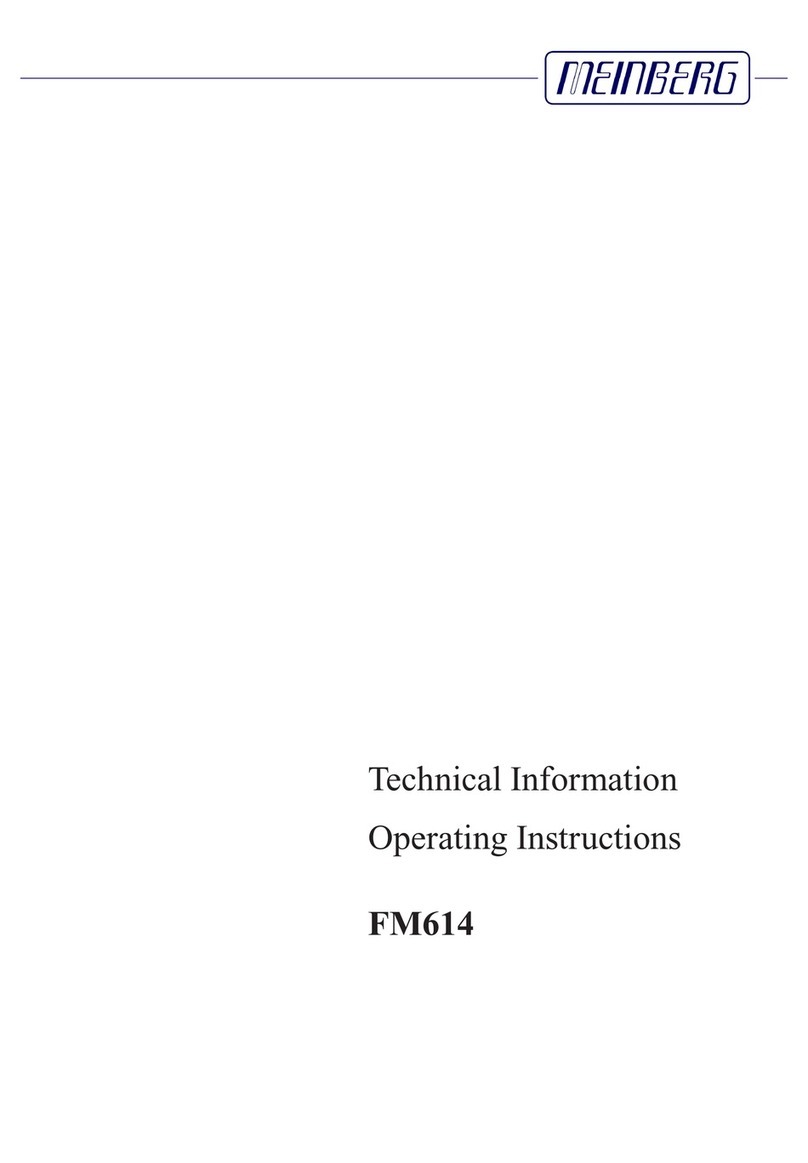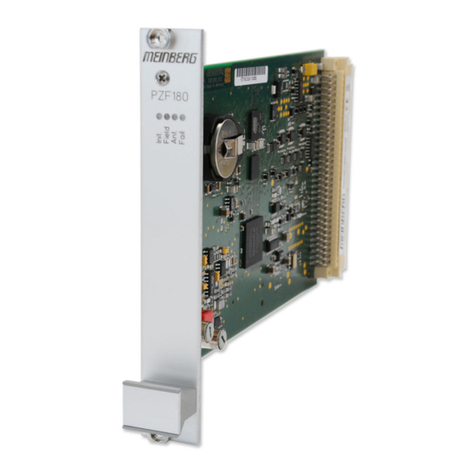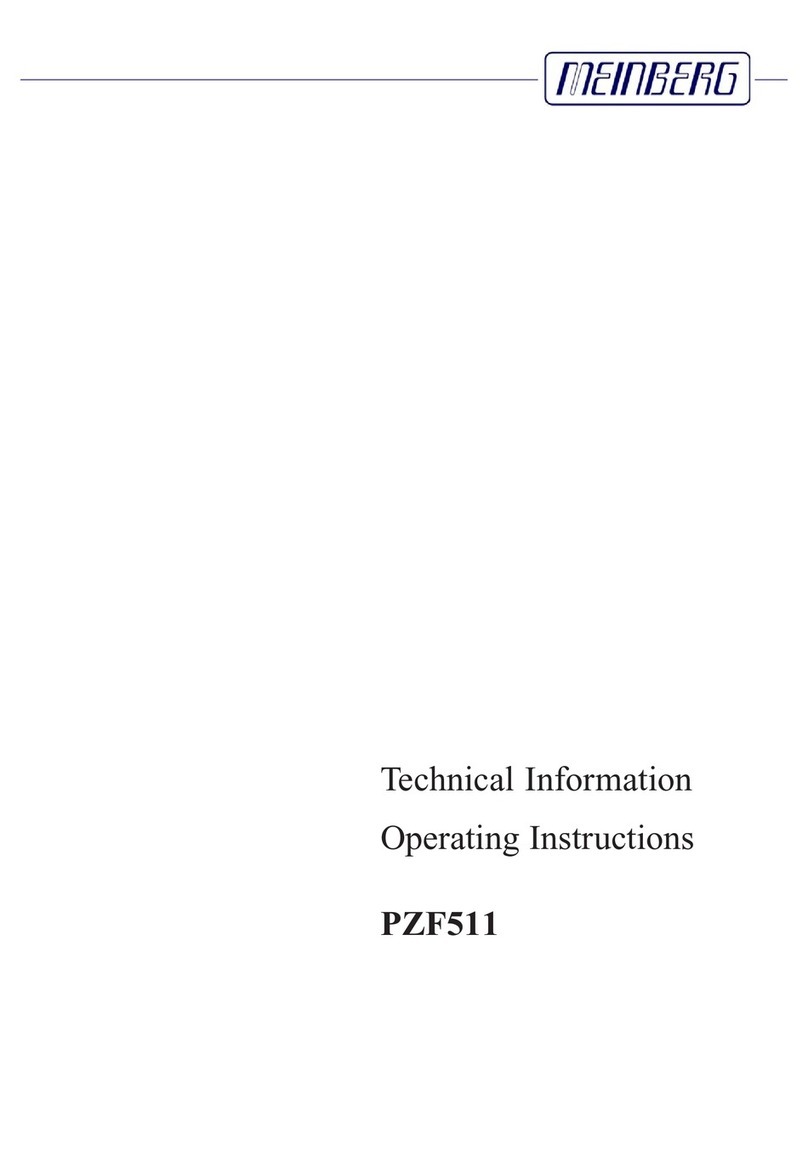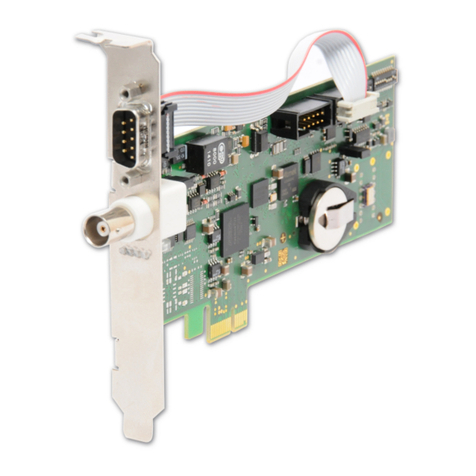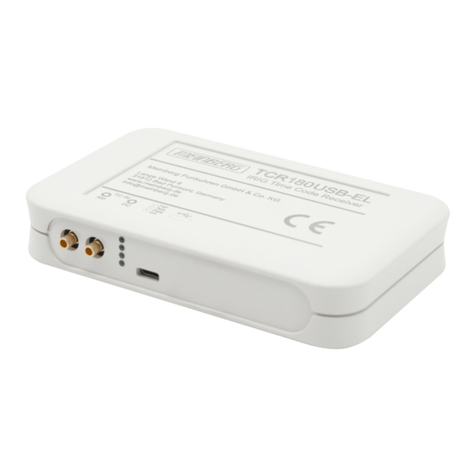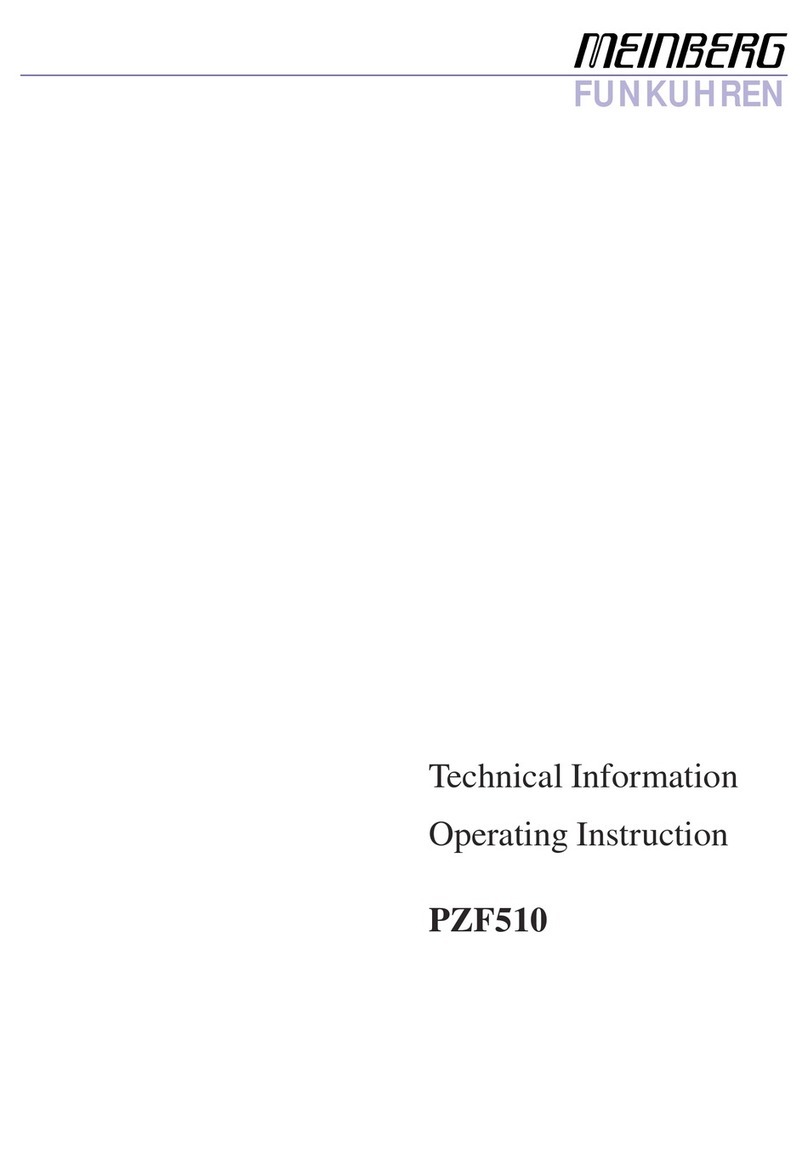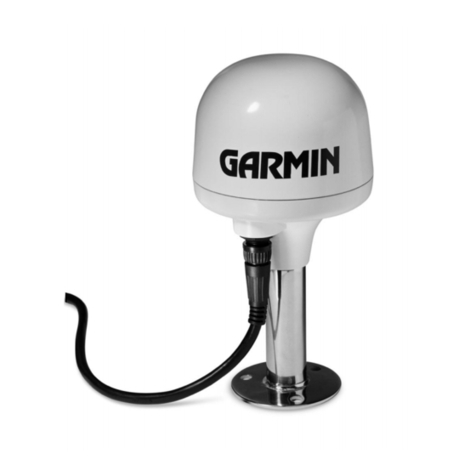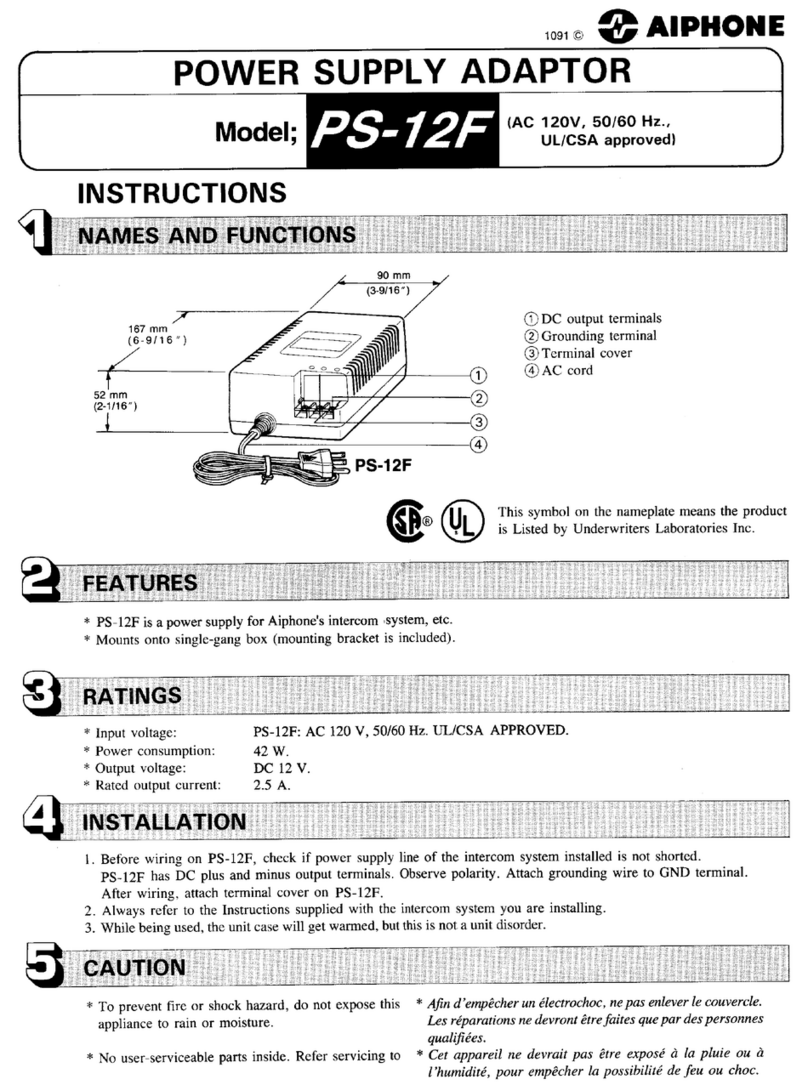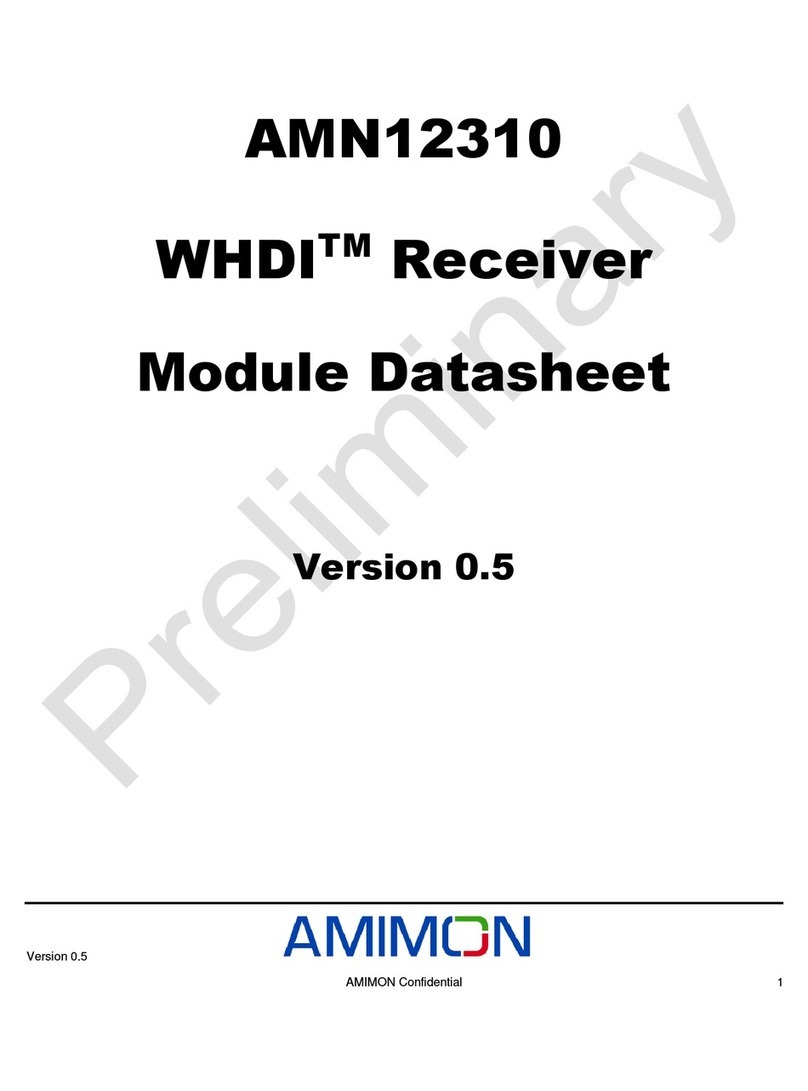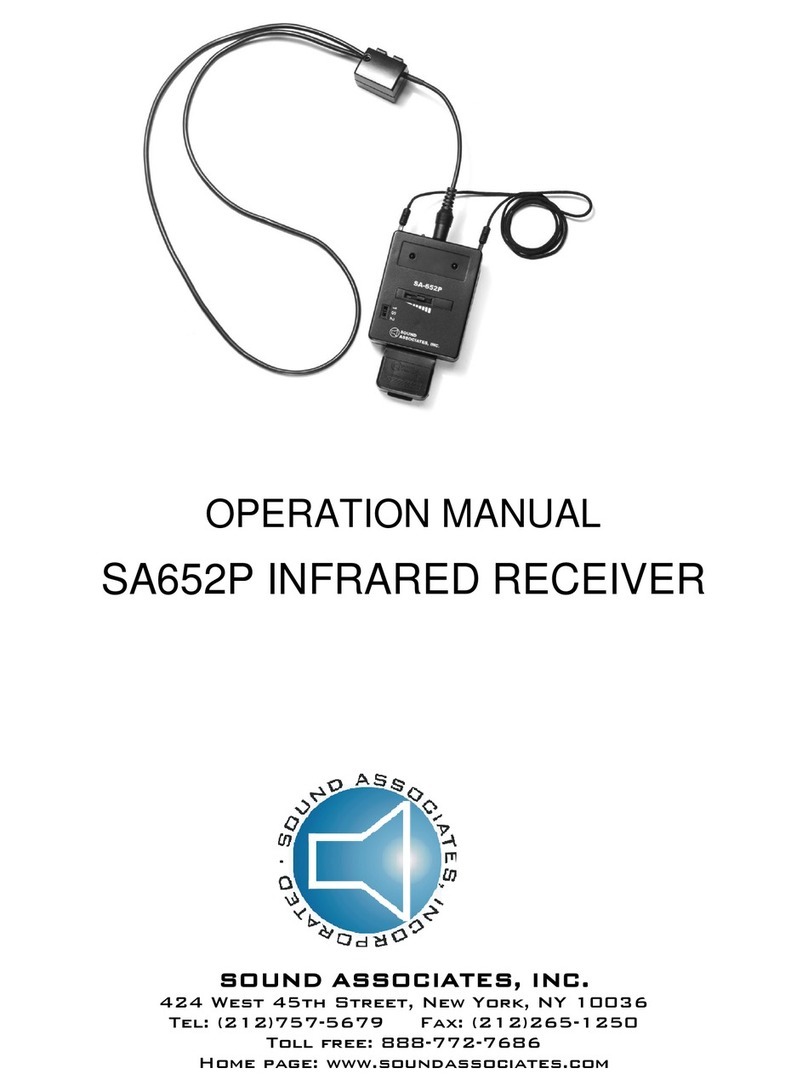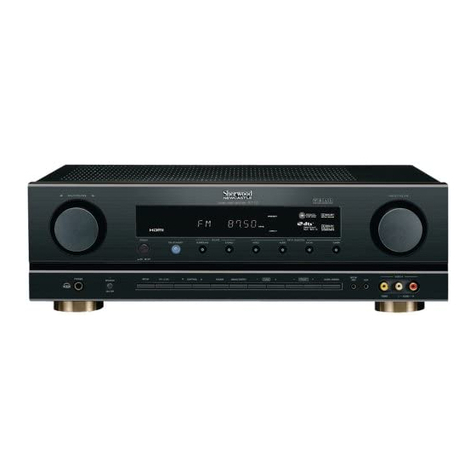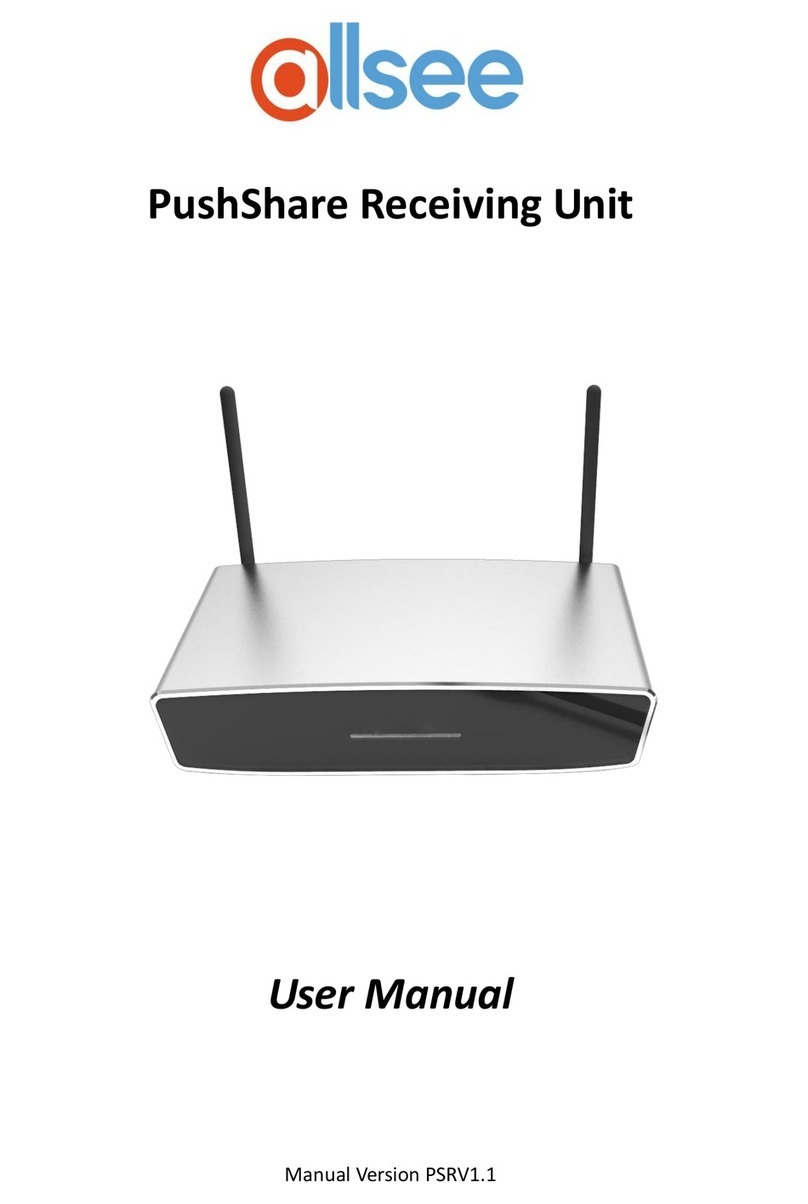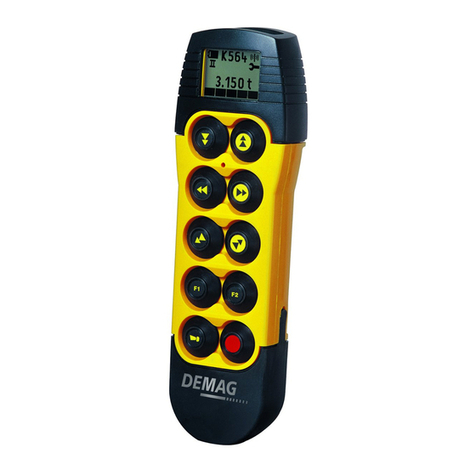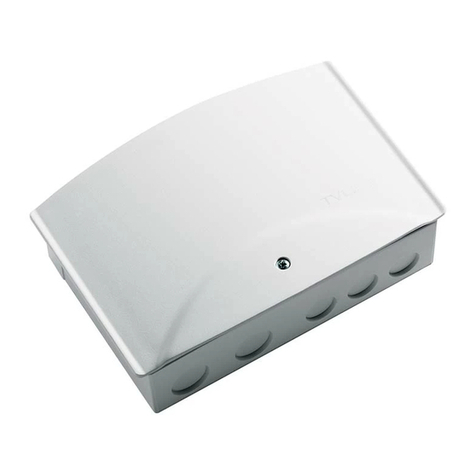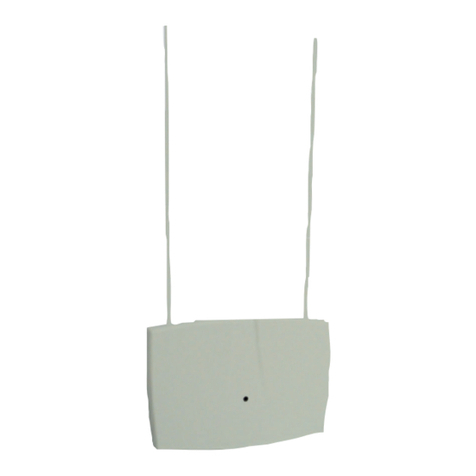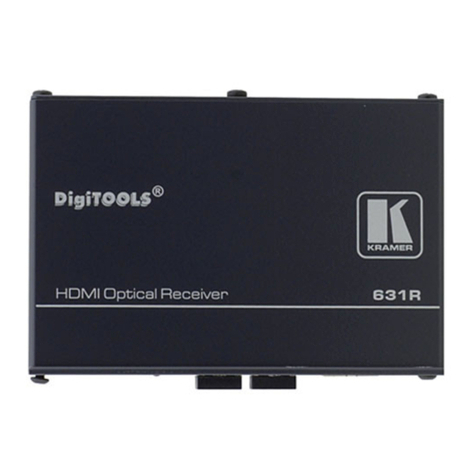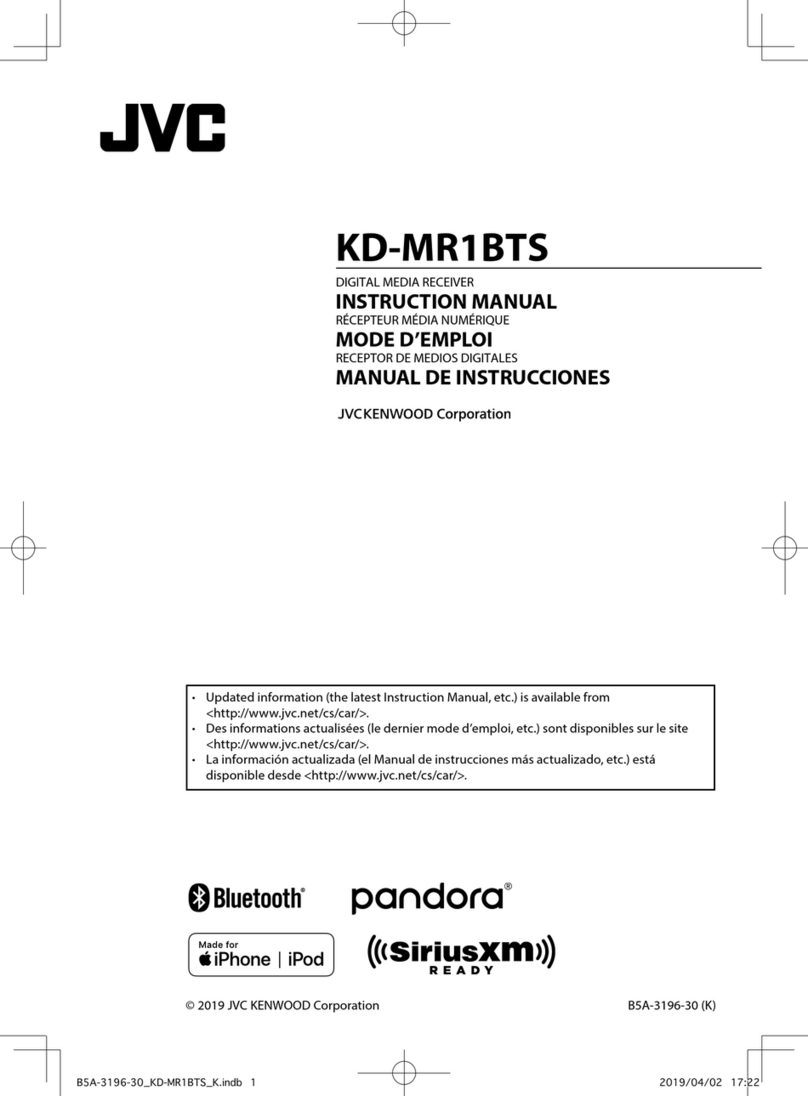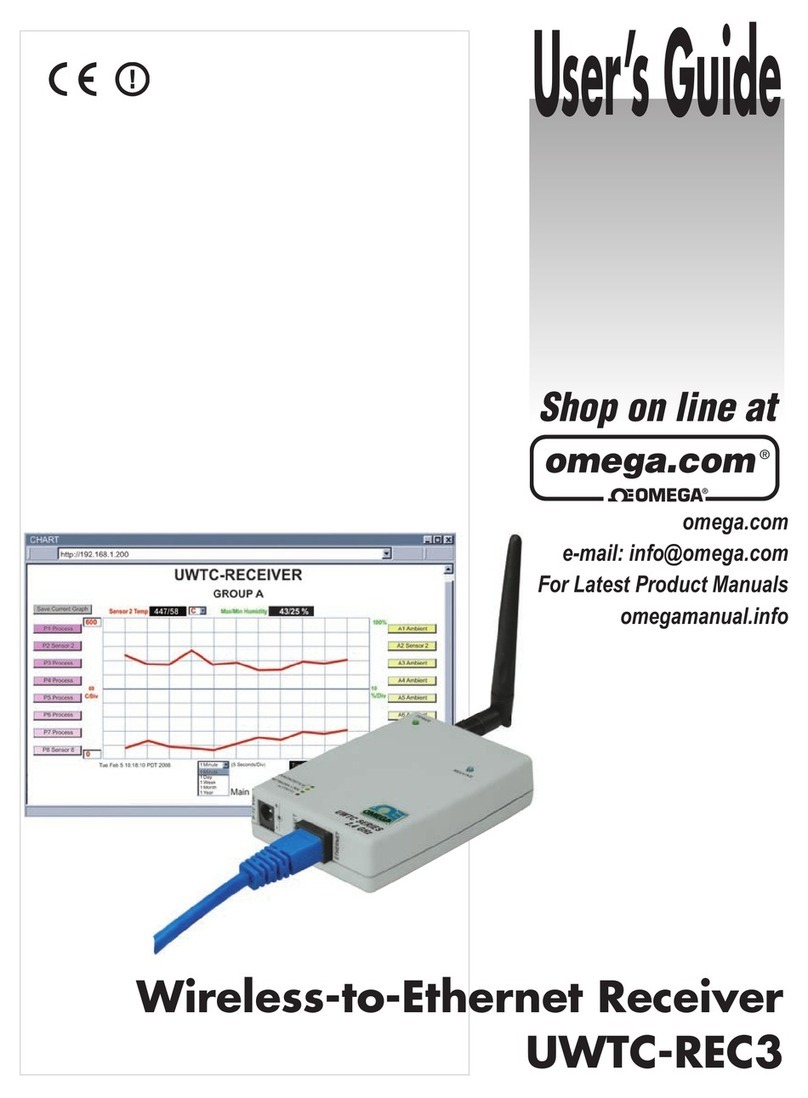
2 Introduction
2.2 General Information about DCF77
The radio-controlled clocks manufactured by Meinberg receive their signal from the DCF77 long-wave transmit-
ter, which is installed in Mainflingen near Frankfurt in Germany and transmits the reference time of the Federal
Republic of Germany. This time reference will either be Central European Time (CET) or Central European
Summer Time (CEST), depending on the time of year.
The transmitter is controlled by the atomic clocks of the PTB, Germany’s national metrology institute lo-
cated in Braunschweig, and transmits the current time of day, date of the month and day of the week in coded
pulse signals once a second. A complete record of the current time is transmitted once each minute as a 59-bit
signal.
This signal is transmitted over the high-precision 77.5 kHz carrier frequency. At the start of each second,
the amplitude of the carrier wave is lowered to around 15 % for 0.1 or 0.2 seconds. These amplitude reductions
consitute one-per-second markers that contain the binary-coded time information; a marker lasting 0.1 seconds
represents a binary "0", while a marker lasting 0.2 seconds represents a binary "1". The information on the time
of day and the date as well as a number of parity and status bits are provided in the markers from 17 seconds
to 58 seconds in each minute. The absence of the 59-second marker is used to signal the start of a new minute.
The radio-controlled clocks that we produce can receive this high-precision time information from anywhere
in Germany, and also fully reliably in Germany’s neighbouring countries, with reception documented as far
afield as Bilbao in Spain or the town of Umeå in northern Sweden. DCF77 clock modules adjust to summertime
and wintertime changes (Daylight Saving Time) automatically. The provision of this time signal is a public
service that does not require payment of a license fee or registration.
You should generally ensure that the receiver antenna is positioned in such a way as to receive the best
possible signal. It should be pointed at a 90◦angle from the direction of the transmitter (Frankfurt) and be
placed at least 1 meter away from your computer and 20 cm away from any steel structures, metal plates, etc.
A2 Announcement of a Leap Second
S Start of Time Code Information
P1, P2, P3 Even Parity Bits
Z1, Z2 = 1, 0: Daylight Saving Time Enabled
M Start of Minute (0.1 s)
R RF Transmission via Secondary Antenna
A1 Announcement of a Change in Daylight Saving Time
Z1, Z2 Time Zone Identification
Z1, Z2 = 0, 1: Daylight Saving Time Disabled
0
10
20
30
40
50
R
M
1
4
2
1
20
10
8
4
2
1
P2
20
10
8
4
2
1
2
4
8
10
1
2
4
8
10
20
40
80
P3
A1
Z1
Z2
A2
S
1
2
4
8
10
20
40
P1
Minute
(Reserved)
Hour
Day of Month
Day of Week
Last Two Digits of Year
Month of Year
DCF600USB Date: November 29, 2021 3
